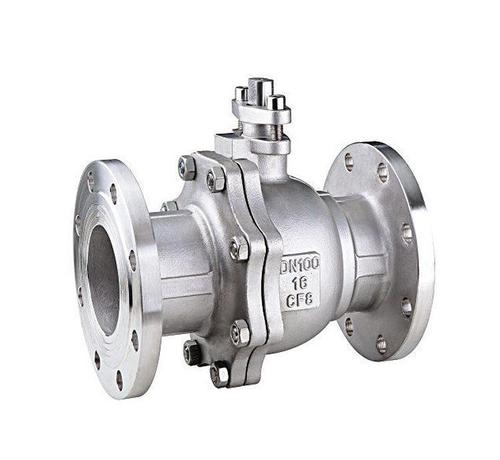Understanding the Functionality and Applications of Swing Type Check Valves
Understanding Swing Type Check Valves A Comprehensive Overview
Check valves play a crucial role in various fluid systems, ensuring that fluids flow in one direction while preventing backflow. Among the various designs available, the swing type check valve stands out due to its simple mechanism and reliability. This article delves into the features, advantages, and applications of swing type check valves, providing a comprehensive understanding of this essential component in many industrial applications.
What is a Swing Type Check Valve?
A swing type check valve is a one-way valve that utilizes a swinging disc or flap to allow fluid to pass through in only one direction. The design typically includes a valve body, a seating surface, and a hinged disc. When the pressure from the fluid entering the valve exceeds the pressure on the other side, the disc lifts and permits flow. Once the pressure decreases or reverses, the disc swings back and seats itself against the valve body, preventing backflow.
Key Features
1. Simplicity of Design The swing check valve has a straightforward structure, making it easy to manufacture and install. This simplicity also translates to lower maintenance costs and ease of operations.
2. Versatile Materials Swing check valves can be constructed from various materials, including stainless steel, cast iron, and bronze, allowing them to be used in different environments, including corrosive and high-pressure conditions.
3. Sizes and Standards These valves come in a wide range of sizes, adhering to various industry standards, making them versatile for numerous applications in different industries, including water supply, oil and gas, and chemical processing.
4. Low Pressure Drop Swing check valves generally exhibit a low-pressure drop when the valve is in the open position, which helps maintain efficiency in fluid systems, particularly in piping networks.
Advantages of Swing Type Check Valves
swing type check valve

1. Reliability Due to their simple operation and robust design, swing check valves are known for their reliability in preventing backflow. This reliability is critical in applications where backflow could lead to contamination or system failures.
2. Cost-Effectiveness The manufacturing process for swing check valves is typically less complex than other designs, resulting in lower production costs. This cost efficiency makes them an attractive option for many projects.
3. Effective Flow Regulation Swing type check valves can handle a wide range of flow conditions. They function effectively in high-flow applications, ensuring that systems operate smoothly without unnecessary interruptions.
4. Low Maintenance Requirements As a result of their simple design, swing check valves often require minimal maintenance. Routine inspections are usually sufficient to ensure that they remain in good working condition.
Applications
Swing type check valves are utilized in various applications across multiple industries. Common applications include
- Water Supply Systems They are frequently used to prevent backflow in water supply piping systems, protecting the source water from contamination. - Wastewater Treatment In wastewater management, swing check valves are essential for controlling the flow of sewage and preventing backflow into treatment facilities. - Oil and Gas Industry These valves help maintain one-way flow in pipelines, critical for transporting crude oil and natural gas safely. - Chemical Processing In chemical plants, swing type check valves are used to prevent contamination of products and to ensure the safety of processing systems.
Conclusion
Swing type check valves are an integral component in many fluid systems due to their simplicity, reliability, and effectiveness in preventing backflow. Their versatility across different industries highlights their importance in maintaining the integrity and efficiency of various operations. As technology advances, the design and functionality of swing check valves continue to evolve, ensuring that they meet the demands of modern applications. By understanding their features and benefits, engineers and operators can make informed decisions about incorporating swing type check valves into their systems, ensuring optimal performance and safety.
-
3-types-of-check-valves-maintenance-tipsNewsAug.23,2025
-
ball-valves-types-with-trunnion-mounted-designNewsAug.23,2025
-
butterfly-valve-company-production-capabilitiesNewsAug.23,2025
-
fisher-globe-valve-technical-specificationsNewsAug.23,2025
-
types-of-gaskets-for-flanges-selection-guideNewsAug.23,2025
-
wedge-gate-valve-suppliers-quality-standardsNewsAug.23,2025
-
Breakthrough in Domestic Low Temperature Valve Technology in ChinaNewsAug.18,2025




